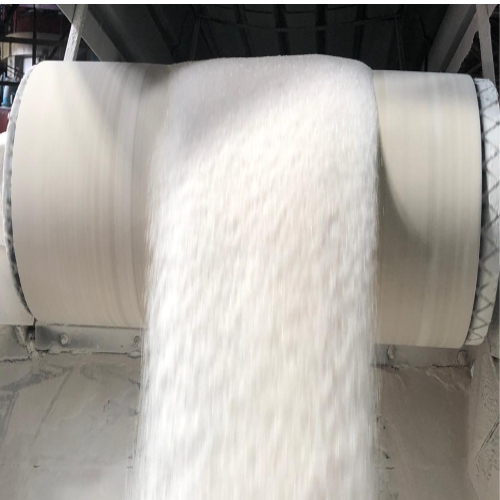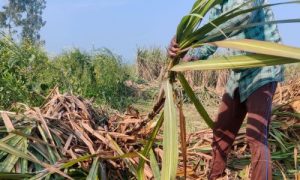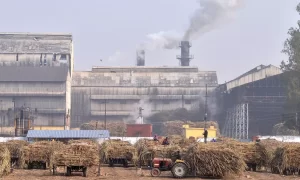Philippines, Japan collaborate to improve sugar production

Japan’s core consumer inflation in Tokyo rose to 2.4% in March 2025, surpassing the Bank of Japan’s 2% target, primarily due to a significant 89.6% year-on-year surge in rice prices—the largest since 1971. This escalation in food costs has intensified discussions within the BOJ regarding potential interest rate hikes, as policymakers weigh domestic inflationary pressures against global economic uncertainties
MANILA, Philippines — The Sugar Regulatory Administration (SRA) entered into a three-year collaboration with University of Tokyo to improve sugar production in the Philippines and Japan.
Their memorandum of understanding focuses on bolstering productivity through research and technology.
The parties agreed to work on technology assessment, systems design and social demonstration of sugarcane-related life cycles with advanced technologies
Among the salient points is the development of higher-yielding varieties and more efficient milling practices.
SRA Administrator Pablo Luis Azcona said the parties would exchange sugar varieties as part of the collaboration.
Sugar Regulatory Administration (SRA) administrator Pablo Luis Azcona (left) and SRA board member David Andrew Sanson. | PHOTO: Jordeene B. Lagare / Philippine Daily Inquirer
“We will also tackle the bioethanol side of things, how to efficiently extract more biofuels from our sugarcane. This will come both from sugarcane juice and molasses,” Azcona said in a briefing on Tuesday evening.
Biomass
Meanwhile, efforts will include adding value to sugarcane biomass, the waste obtained from sugarcane processing.
“For them, they develop carbide or biochar, as they call it and, also they are developing sustainable aviation fuel coming from sugarcane. Those they will share with us,” Azcona said.
Azcona said the two nations were expected to learn a lot from the exchange of knowledge and technologies benefiting their sugar farmers.
He noted that since sugarcane farms in Japan were significantly smaller than those in the Philippines, the latter could learn how to maximize sugar output from 1 to 2 hectares of agricultural land.
Azcona pointed out that the Philippine sugar industry spans 388,000 hectares versus Japan’s 22,000 hectares.
Despite that, the SRA head said that an island in Japan could produce 70 metric tons per hectare of sugar, a huge difference from the local average of 50 MT per hectare.
“And even their machines, their harvesters, tractors are suited for smaller farms,” Azcona said.
Economies of scale
“What they can learn from us — since our industry is far bigger than theirs — is the economies of scale,” he said.
“They are a lot more technically advanced than us, even in sugar mills. Their sugar mill is very efficient and we still have a lot to learn,” he told reporters.
Meanwhile, the SRA has ongoing research efforts with the Japan International Research Center for Agricultural Sciences, which brought to Japan a variety of sugar it had specifically bred for the Philippines.
This particular sugar variety is cultivated at the SRA’s La Granja Agricultural Research and Extension Center in Negros Occidental. It will further study if this is suitable for their local sugar industry.
To read more about Sugar Industry continue reading Agriinsite.com
Source : Inquirer Net
















